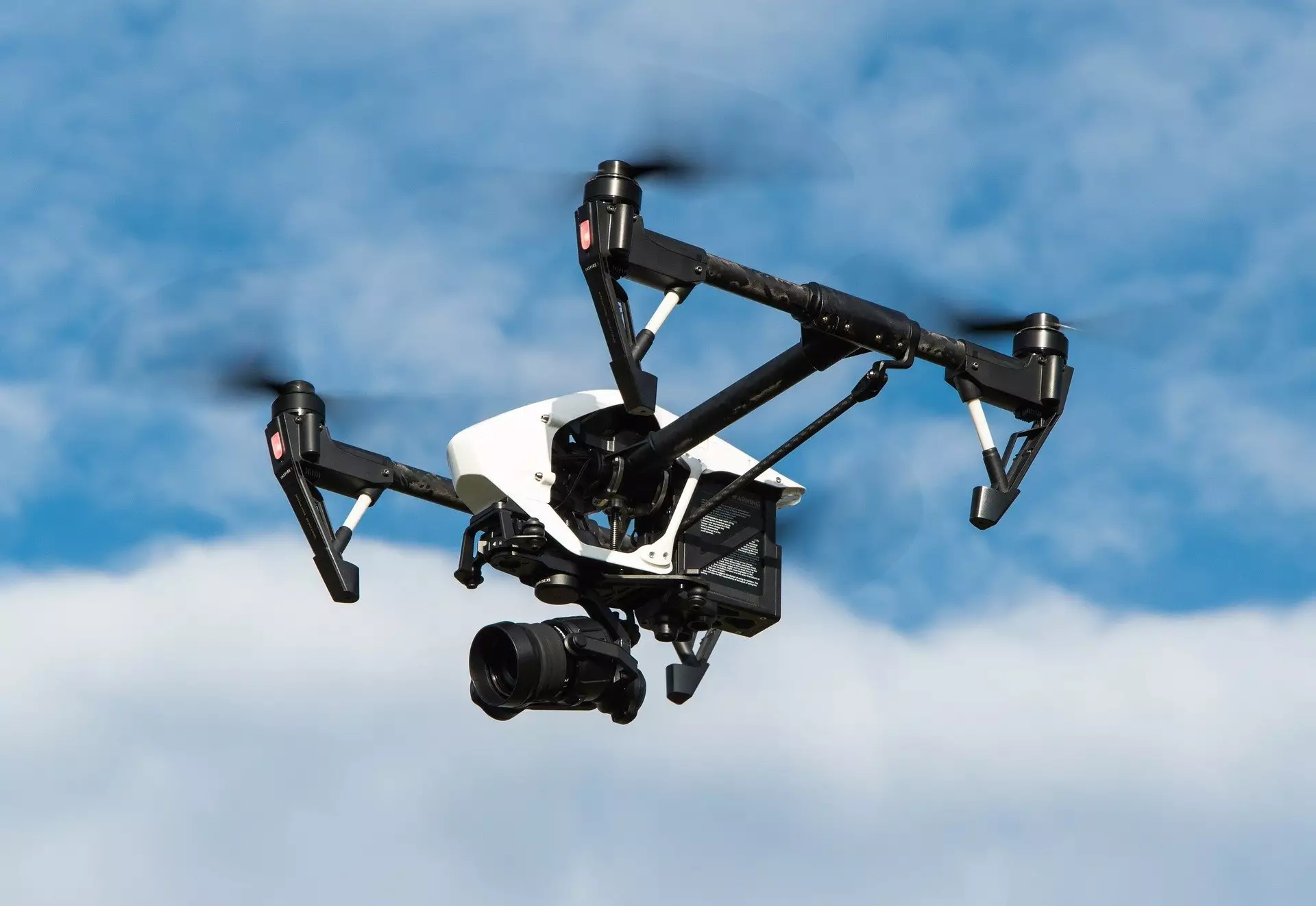The UK Labor government has ambitious goals of building 1.5 million homes during its first term in office. While planning reform and reintroduction of local housing targets have been highlighted as key strategies to achieve this goal, the role of new technologies, particularly drones, has been somewhat overlooked. Drones have the potential to revolutionize the construction industry in the UK by monitoring site progress, conducting safety inspections, and even lifting heavy materials. However, a recent study has revealed that the existing laws governing commercial drone deployment in the UK are fragmented, confusing, and sometimes contradictory.
One of the main challenges identified is the complex regulatory landscape involving a patchwork of local bylaws, national legislation, and retained European Union rules. For construction companies looking to use drones, this creates a significant burden in terms of compliance. To operate a drone in a busy urban area, companies must navigate a series of requirements including drone registration, pilot training, insurance, and operational approval from the Civil Aviation Authority (CAA). Additionally, there are specific laws governing drones in construction, such as lifting regulations, worker health and safety laws, and laws regarding the transport of construction materials.
Proposed Solutions for Streamlining Drone Regulations
In light of these challenges, the study proposes the development of a new national framework for commercial drone deployment. This framework would consolidate all benefits and risks under a single law, making it easier for companies to understand and comply with the regulations. It suggests that certain use cases, especially in regional areas, be expedited and approved by default, even for heavier drones. Relaxing line-of-sight requirements in hazardous areas could enhance worker safety by allowing drones to operate independently.
Furthermore, the proposed framework emphasizes the need to protect not only humans but also flying animals and insects from the potential risks posed by drone operations. Environmental impact assessments should be conducted to evaluate risks such as fires from drones carrying hazardous materials. The UK government is encouraged to leverage scientific and technical expertise to provide resources such as compliance manuals and best practice guidelines to streamline the approval process for drone operations.
Enhancing Efficiency and Safety in the Construction Industry
Integrating drones into the UK construction industry has the potential to significantly improve efficiency, safety, and cost-effectiveness. Drones can reduce the incidence of worker fatalities by tackling hazardous tasks such as site monitoring at height and safety inspections over large areas. Their ability to lift heavy materials and operate independently can further enhance worker safety and streamline construction processes.
However, to fully realize the benefits of drone technology in construction, it is imperative that the UK government establishes a clear and comprehensive regulatory framework. This framework should address key concerns such as privacy, noise, safety, human rights, and environmental impact. By streamlining the approval process, providing industry guidelines, and implementing technical standards, the UK can pave the way for a successful integration of drones into the construction industry.
Drones have the potential to revolutionize the construction industry in the UK. By embracing this technological innovation and implementing a robust regulatory framework, the government can support a new housing boom while ensuring safer, more efficient construction processes. It is essential to address the current challenges with drone regulations and work towards a more streamlined and cohesive approach to facilitate the adoption of drones in construction.


Leave a Reply